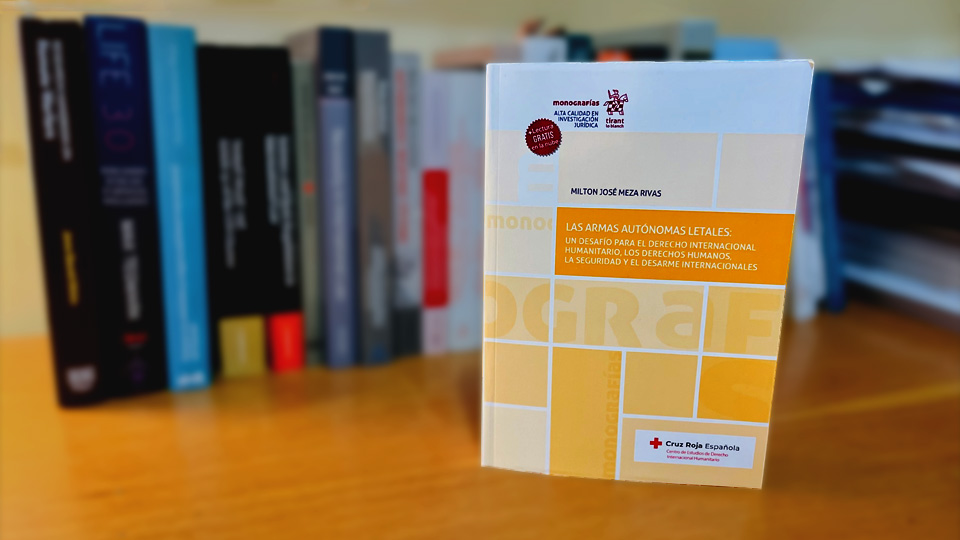Image: Taranis taxiing at BAE Systems in Warton, Lancashire [Picture: Ray Troll, BAE Systems]
HUGHES, J. y MEZA, M. (eds.), “Autonomy in future military and security technologies: Implications for law, peace, and conflict”, Lancaster, The Richardson Institute, 2018.
Information summary
This compendium offers a number of useful insights –explanations of specialised terminology, statistical and scientific data, and bibliographic references, to name just a few– to expose readers of advanced researches in the field of robotics and IA applied to the research, development and innovation of new weapons with high degrees of autonomy in their critical functions (namely, in the selection and attack of targets). So, this work is as an ideal guide to elaboration on national, regional, and international policies that must consider technical, legal and political aspects of the concept of autonomy in technologies, devices and systems for defence and security purposes.

![Taranis taxiing at BAE Systems in Warton, Lancashire [Picture: Ray Troll, BAE Systems]](https://diar.org/wp-content/uploads/2022/04/taranis-taxiing-bae-systems-warton-lancashire-ray-troll-bae-systems.jpg)



